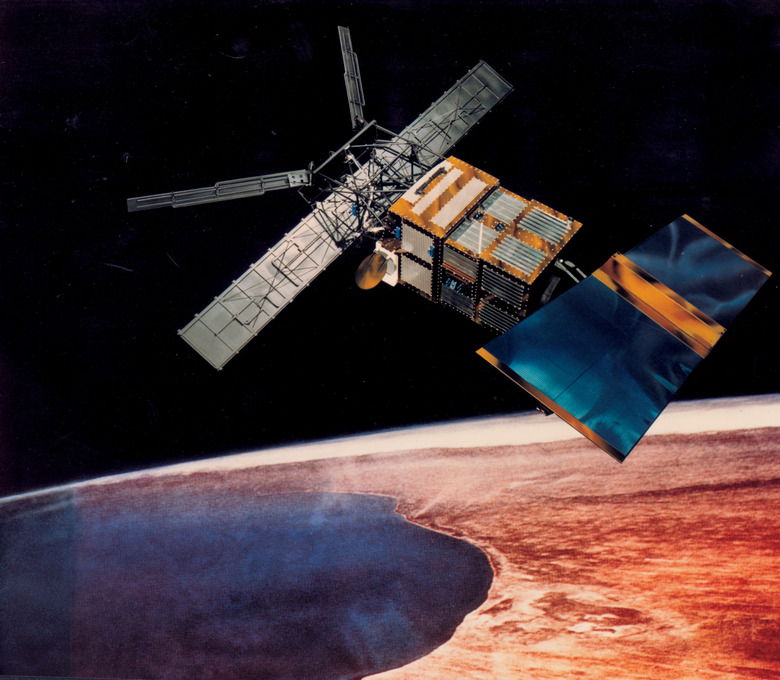A Massive, Dead Satellite Will Barrel Back Down To Earth This Month
A massive, dead ESA satellite will fall back to Earth later this month. The satellite, which is known as ERS-2, first launched into orbit in 1995. Now, almost thirty years later, it will return to the Earth, crashing down through the atmosphere in an uncontrolled reentry.
ERS-2 has been inoperable since 2011 when the satellite was "passivated," which essentially means the ESA drained the batteries and fuel so that there was less chance of it blowing up and creating more space debris. Now, though, the dead satellite will barrel back down to Earth, leaving one less piece of junk for other spacecraft to avoid.
This was accomplished by performing 66 engine burns, which left the satellite stranded in orbit, to slowly fall back down to Earth. The ESA also took steps to ensure that the dead satellite would be in a fast enough orbital decay that it would reenter Earth's atmosphere within 15 years.

Now the time has come, and the massive satellite is slated to fall back to Earth sometime in mid-February. It will make an uncontrolled descent, which means the ESA won't have any control over where the debris lands. It's unclear if it will completely burn up in reentry or if the spacecraft will survive until it hits the surface.
Either way, skywatchers may be able to get a glimpse of the large satellite as it blazes through the atmosphere back to its starting point. Chances are good that it will crash into the ocean, as 70 percent of our planet's surface is covered in water.
While it's good to know that the risks of the massive, dead satellite hitting a human are very low, they aren't quite zero. That's why it's so important for us to come up with better space junk solutions and why so many are pushing for better ways to bring satellites back down to Earth.
